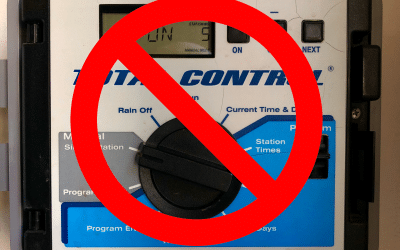blog
Smart home support – one throat to choke?
Does this sound familiar? Getting smart home support help (or any tech gadget) is an ongoing source of frustration for many of us. No matter how advanced and amazing tech gadgetry becomes, we all face problems in making it work. Everyone has a story. Hours and hours...
Smart sprinkler controller – why buy?
Are you suffering from the irrigation shuffle? I don't have a smart sprinkler controller so this weekend I went through a well rehearsed routine for sprinkler maintenance: Walk to the garageOpen the dumb not smart sprinkler controller boxMove the mechanical dial to...
Security cameras – Fun with Fido
Fun and practical use for security cameras Time to lighten up. We need to step back and have a little fun with the security cameras and tech in our lives. Based on personal experience, here’s a tip for a fun and creative use of video surveillance technology. Security...
HomeKit backup app Apple should have made
Controller for HomeKit backup configuration I can’t get no satisfaction Sometimes I think the Rolling Stones knew about the missing Apple HomeKit backup app back in 1965 when they released this song. Apple smart home fans struggle with HomeKit. It’s got a lot of...
Do battery testers work?
Power to the people Batteries are a major part of our lives. Even the most mundane devices often require batteries of some kind. So we use battery testers to measure them. In the past I’ve used rechargeable batteries instead of regular AA or AAA aka lines, but in the...
Smart Home perfection – the four c’s
Stick with the four c’s When I design a smart home automation system, I follow a holistic approach by addressing the four C’s: Interactive ControlLocal ControlRemote ControlAutomatic Control Interactive control The obvious and minimum capability for a smart home....






